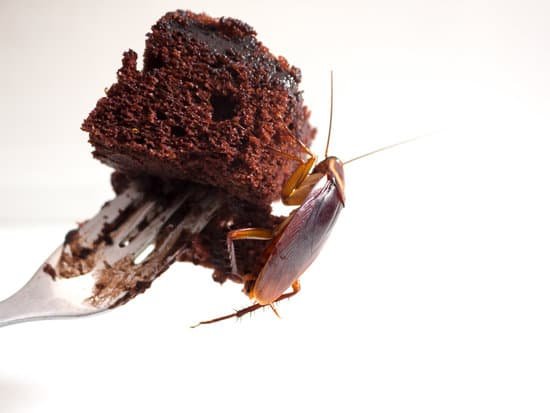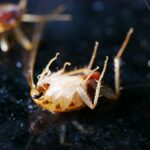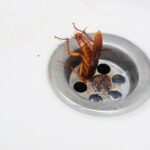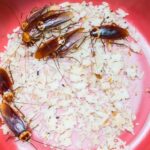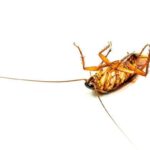What Are the Sense Organs of Cockroaches?
The cockroach has several kinds of sense organs, which are called sensillae. These are modified epidermal cells that contain nerve fibres. These organs produce spines and bristles, and also contain hair membrane cells. These organs are located on the head of the cockroach. The cockroach is mostly nocturnal, and the antennae help it detect a variety of stimuli, such as temperature changes.
The cockroach’s nervous system is well developed. It consists of segmented ganglia and paired longitudinal connectives. In addition to these two main sense organs, a cockroach has a set of eyes, which are called ommatidia. This cockroach type of vision has higher sensitivity, but lower resolution, than human vision. The cockroach has six pairs of legs and two pairs of wings. The head also has a pronotum plate behind it.
The antennae of cockroaches contain a variety of mechanoreceptors, which are similar to human neurons. However, the antennae have different morphologies and are grouped into three categories, called hair sensillum, campaniform sensillum, and chordotonal sensillum. The antennae have both internal and external mechanosensory neurons, and a recent histochemical study showed that some of these neurons are serotonergic.
The mouth of a cockroach is a unique structure in that it can process both taste and smell at the same time. Moreover, it has an esophagus and salivary glands that aid in digestion. The crop is where the cockroach temporarily stores its food. The gastric caecea contain enzymes that break down the food into smaller pieces, allowing for proper absorption. In addition to the mouth, cockroaches have spiracles located on their bodies for breathing.
